Results from testing the Brod & Taylor Folding Proofer
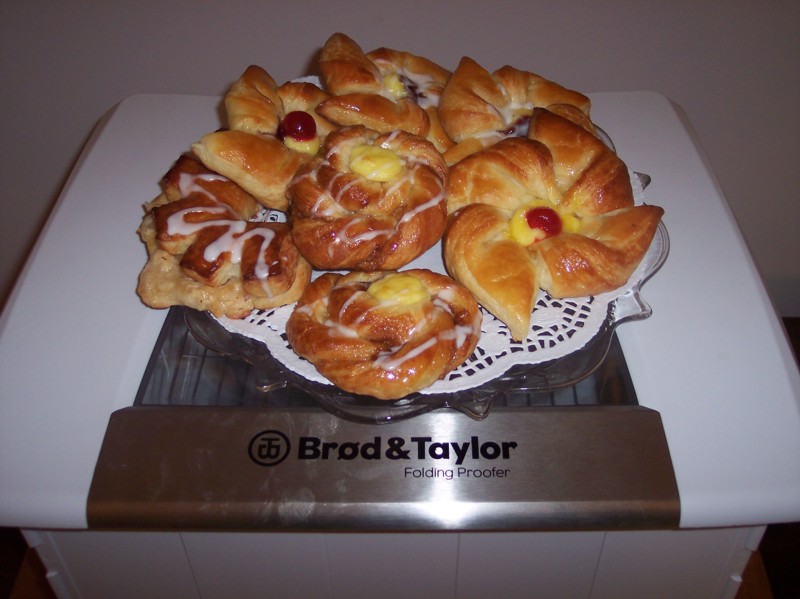
- Log in or register to post comments
- 27 comments
- View post
- Franko's Blog

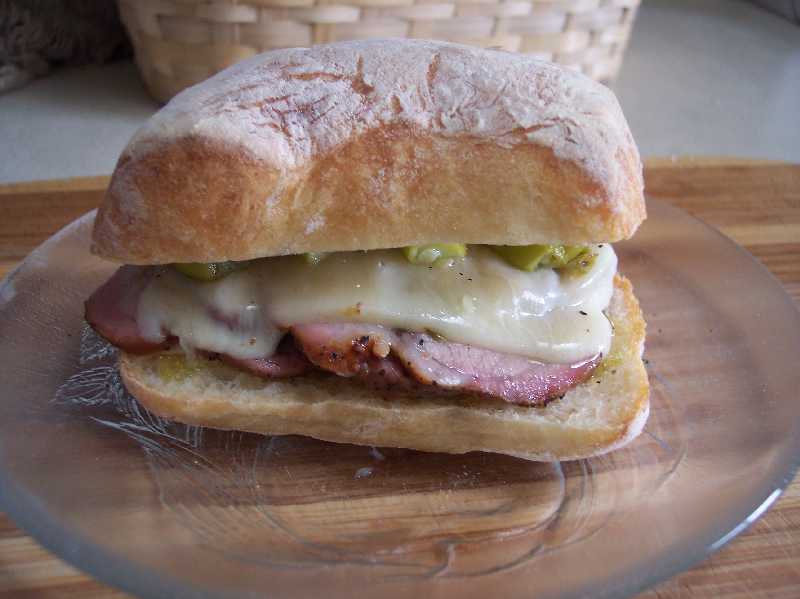
We don't see a lot of posts on sandwiches on this forum, which I'm sure is what most of use our daily bread for. I thought it'd be fun to do something a little different by including a procedure on the meat that went into this particular favourite sandwich of mine.
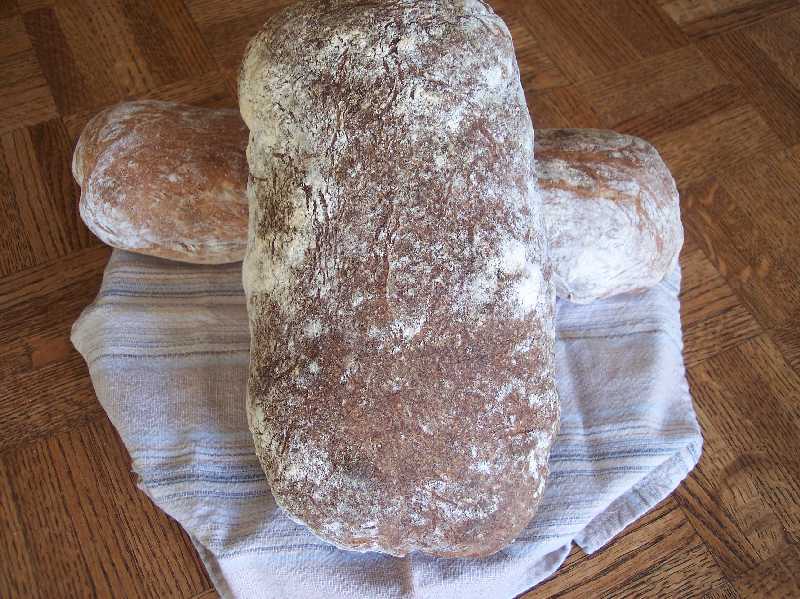
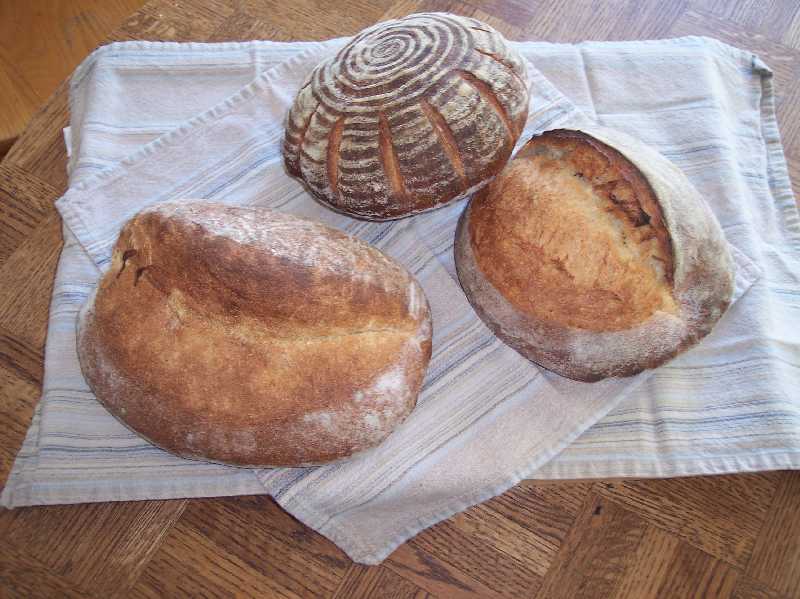
Pain au Levain with Red Fife 75% Sifted

Fellow TFL'rs,
Just to let you know this blog entry covers 4 different bakes and is a bit longer than I would normally like to post, but hopefully some of you will enjoy it, or find something of interest along the way.
First the sweet stuff.
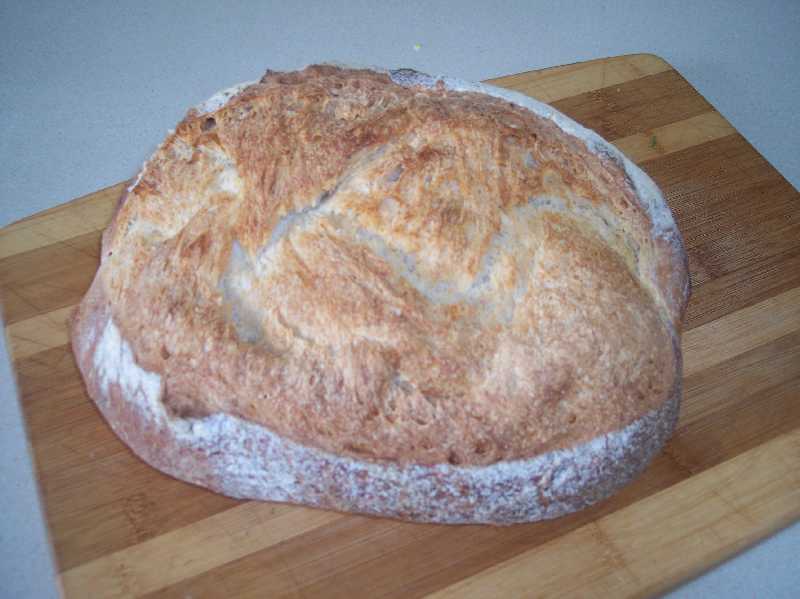
This past Monday my wife and I arrived home from our very first visit to Europe where we spent 3 nights in Prague, then 8 full days cruising the Danube from Germany, through Austria, Slovakia, and finally disembarking in Budapest. It was a marvelous trip which we enjoyed immensely, but as always it's good to get back home, especially after spending 10 + hours flying, transferring, waiting to fly, then transferring twice more before landing back on Vancouver Island.